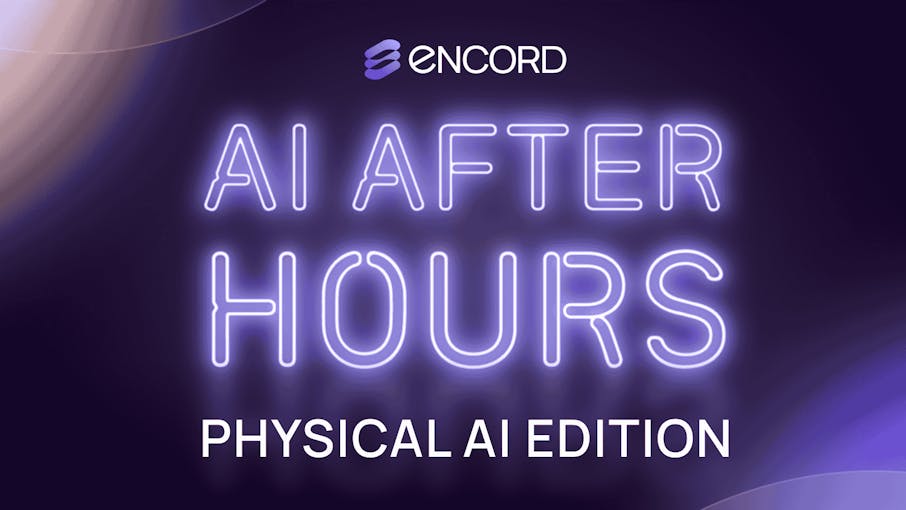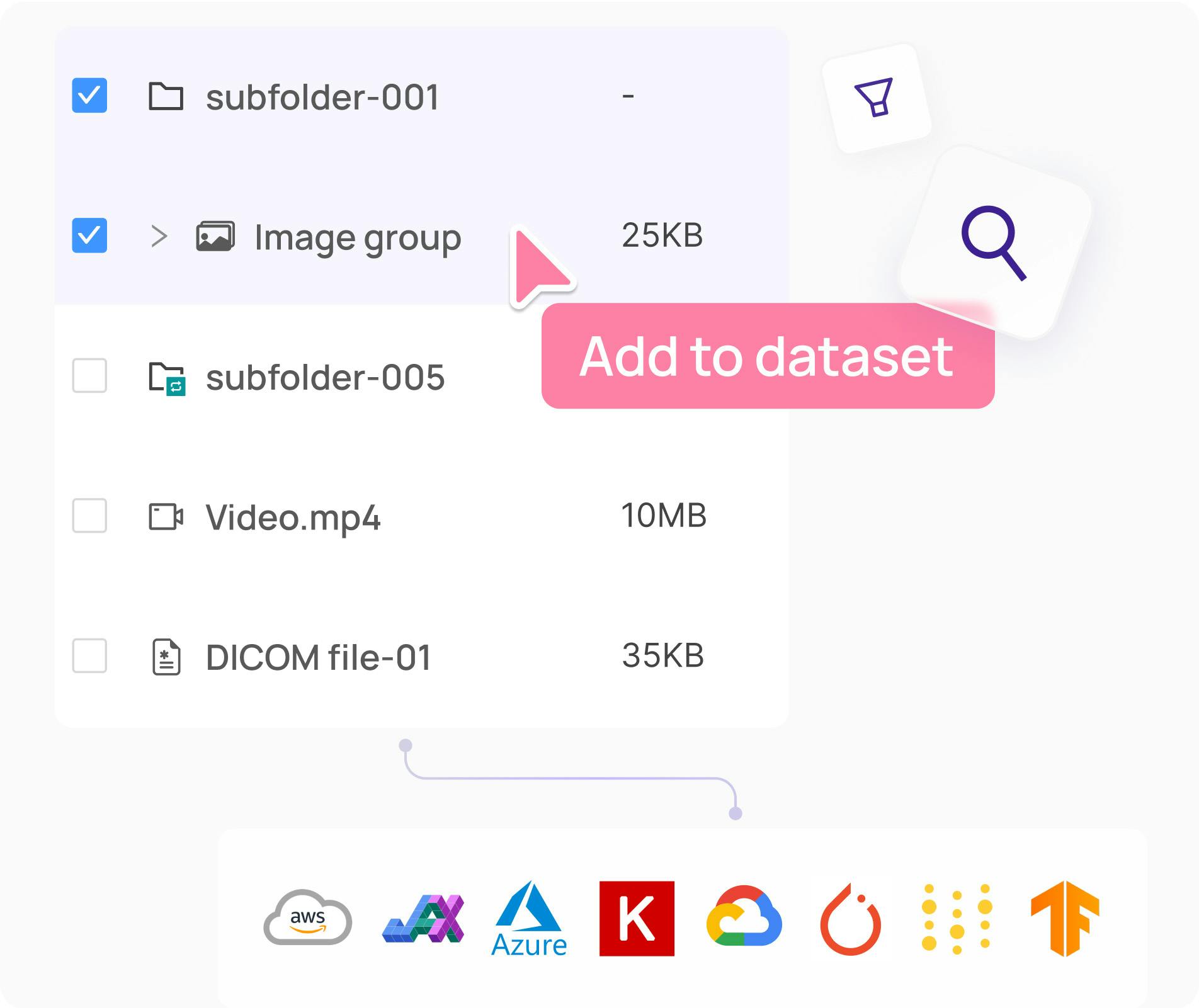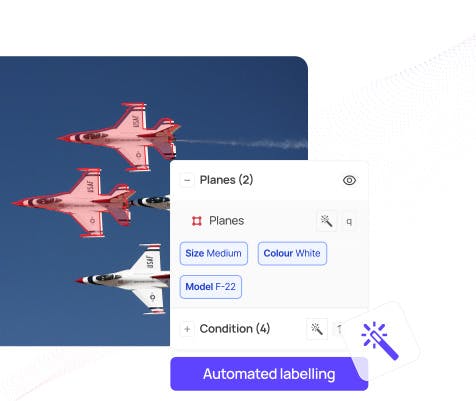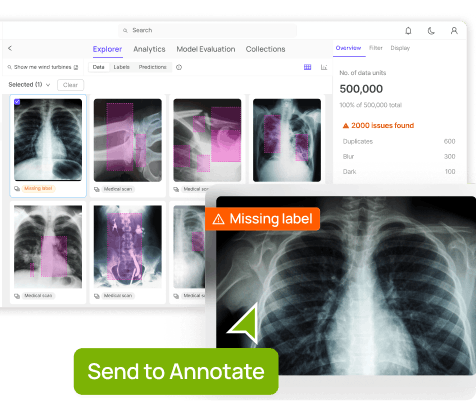Contents
The Scene
Transforming Security Cameras into Automated AI Agents
Physical AI for Warehouse Automation
Understanding the Physical World Without Robotics
Conclusion
Encord Blog
Recap: AI After Hours - Physical AI (Special Edition)
5 min read

On January 25, Encord wrapped up our second AI After Hours at the GitHub HQ for a special edition on Physical AI. The 6x over the subscribed evening was the place where AI leaders could hear from disruptors in the Physical AI space. Here’s a quick recap of what you missed and your opportunity to watch the sessions on demand. Don’t want to miss out on a future AI After Hours? Look for future happenings here.
The Scene
Up until this year, the latest craze in AI has largely focused on understanding and generating digital data like text, images, and video. We have seen advancements in areas like chatbots, image generation, and language understanding. But in 2025, that changed. CES pushed Physical AI into the limelight. The reality is that the real world is more than pixels and words. It has motion, sound, temperature, force, and more, and it is a rather complex, dynamic system that traditional AI struggles to understand.
This is where Physical AI comes in. Instead of relying entirely on vision-based LLMs, physical AI uses sensor data to analyze, predict, and interact with the physical human world. It powers applications beyond traditional robotics in fields like manufacturing, healthcare, and industrial automation.
So what’s the TL’DR on the key advancements in Physical AI that were discussed at this special edition of AI After Hours?
- The first talk, given by Rish Gupta & Dunchadhn Lyons from Spot AI, explored AI-powered video processing, demonstrating how cameras can transition from passive surveillance tools to active automation agents.
- In the second talk, Kevin Chavez from Dexterity explored the use of physical AI in warehouse operations by combining perception, control, and actuation.
- The final talk, by Ivan Poupyrev, Dr., CEO & Co-founder of Archetype AI, an Encord customer, focused on their Physical AI Model, which uses sensor data to build an understanding of physical systems beyond robotics.
Are you curious to learn more? Here’s a summary of these talks and the playbacks
Transforming Security Cameras into Automated AI Agents
Traditional security cameras are passive recording tools that require human monitoring to extract insights. Spot AI is changing this by converting cameras into automation tools for industries like healthcare, retail, logistics, and manufacturing. Their platform helps businesses analyze, search for, and automate actions based on real-time video insights.
Key Highlights
- Unified Camera Infrastructure: Spot AI connects various camera brands to a centralized, on-premise server for seamless integration.
- Massive Video Indexing: Processes 3 billion minutes of fresh video per month, surpassing YouTube’s monthly ingestion.
- AI-Driven Automation: Combines rule-based AI with LLMs to minimize human intervention in safety and security tasks.
- Zero-Shot Text Prompting: Enables AI models to identify new objects or behaviors without additional training.
- Hybrid AI with Gemini: Uses LLMs for contextual understanding, reducing false positives in forklift safety monitoring.
Use Cases and AI Agent Development
- Security & Retail: Detecting unattended vehicles in drive-thrus, preventing unauthorized entry (tailgating detection).
- Manufacturing & Warehouses: Forklift monitoring, enforcing safety compliance (detecting missing hard hats or vests).
- Healthcare: Identifying patients vs. staff in restricted areas using a lightweight classifier trained on semantic embeddings.
Physical AI for Warehouse Automation
Dexterity is building a robotics platform to automate complex warehouse tasks. It integrates multimodal sensing and advanced motion planning to optimize logistics efficiency. Their hardware-software ecosystem enables dexterous manipulation and long-horizon reasoning for real-world applications like truck loading and order fulfillment.
Key Highlights
- Dexterity’s Robotics Stack: A three-layered platform combining hardware (multi-arm mobile robots), DexAI software (bundles of robotic capabilities as skills), and task-specific applications.
- Multimodal Physical AI: Uses force, torque, vision, and proprioceptive data for real-time perception, planning, and control.
- Hybrid AI Model: Combines transformer-based trajectory prediction with real-time force control for precise manipulation.
- Industry Deployments: Actively working with FedEx and UPS to automate truck loading, reducing wasted space and improving packing stability.
Use cases
- Truck Loading & Packing: AI-driven tight packing and 3D bin packing optimize space utilization and package stability.
- Order Fulfillment & Sorting: Intelligent robotic handling for depalletizing, order picking, and package routing.
- Dexterous Manipulation: Advanced motion planning enables squeezing, tucking, and precise object handling in dynamic environments.
Understanding the Physical World Without Robotics
Instead of training AI for specific robotic tasks, Archetype AI’s model, Newton, learns the fundamental rules of physics i.e., how objects move, how energy flows, and how environments change over time.
Key Highlights
- You can process sensor data like vibrations, sound, pressure, and temperature to make sense of the world.
- Physical Reasoning & Semantic Interpretation: The model uses reinforcement learning to predict real-world behaviors and then translates these predictions into human-understandable insights.
- Zero-Shot Generalization: Newton can predict physical events it has never seen before, a key step toward general-purpose AI for industrial applications.
Use Cases
- Energy Grid Monitoring: Detecting inefficiencies and preventing failures in power systems.
- Healthcare & Safety: Identifying falls in elderly care facilities using motion sensors.
- Manufacturing: Predicting defects in industrial processes using non-visual data.
Conclusion
The three talks highlight a major shift in AI. Hardware, AI, and data are converging, with the goal of creating AI that understands and interacts more effectively with the physical world.
Key takeaways:
- AI is moving beyond digital data to multimodal sensing and physical interaction.
- Security cameras are evolving into intelligent AI agents that automate monitoring and safety.
- Physical AI is revolutionizing warehouse automation through dexterous manipulation and real-time perception.
- AI models like Newton can generalize physical understanding across industries beyond robotics.
The next frontier of AI isn’t just generative AI, it’s machines and intelligent spaces that can understand and navigate the real world.
Contact us to learn how Encord can streamline your data to be Physical AI-ready.
Explore the platform
Data infrastructure for multimodal AI
Explore product
Explore our products


